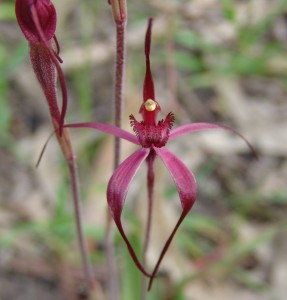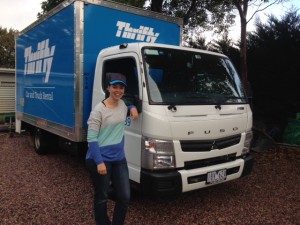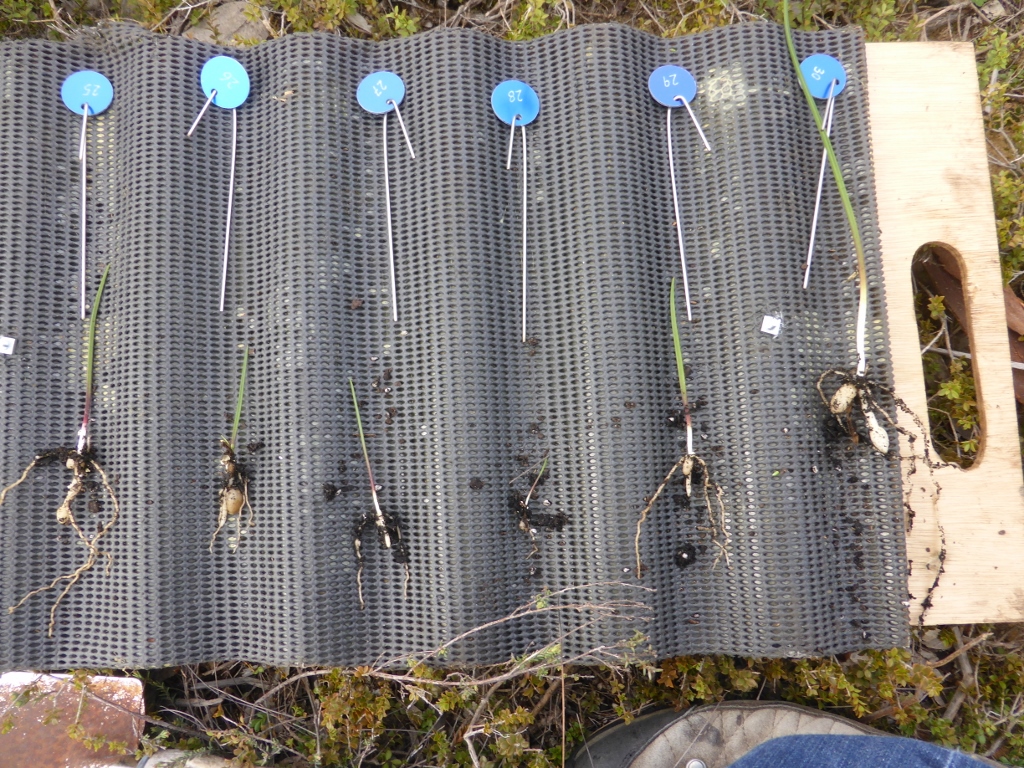Our ‘Awkward’ orchids going back into the bush…
Eleven days of intricate and rewarding field work has recently come to an end after four nationally threatened terrestrial orchid species were successfully translocated into 8 sites throughout the South East through the Restoring the Under-represented Ecological Communities project. The orchid species grown on and planted out under this project were the Metallic Sun-orchid (Thelymitra epipactoides), Little Dip Spider-orchid (Caladenia richardsiorum), Elegant Spider-orchid (Caladenia formosa), and Swamp Greenhood (Pterostylis tenuissima).
This planting event was the largest terrestrial orchid translocation in South Australia to date so made for some nervous and exciting times here at NGT.
A total of 26 volunteers, 7 NGT staff and 2 Natural Resources South East staff spent over 400 hours extracting, measuring, planting, and fencing nearly 900 purpose grown orchids for us which came all the way from the Royal Botanic Gardens in Cranbourne, Victoria. After working to grow on the orchids for the last three years, Dr Noushka Reiter (Botanist) was very pleased to see the orchids finally make their way across the border to SA, after they were picked up by Jess Bourchier in late June.
It has been fantastic to see the orchids go back out to their natural habitat, as the translocation process was first started back in 2012 when seed was collected from the four species of orchids. To ensure the seeds continue to grow on from tiny germinants they need to be combined with their respective fungus (or mycorrhizae) which was carefully collected from wild plants in 2012. The relationship between fungi and orchids is so specific and essential that without the fungi the tiny ground-pepper-like orchid seeds simply don’t have the energy to grow.
Each day involved setting up camp which included tables, chairs, gazebo, gloves, measuring devices and notepads. Then carefully extracting the orchid or orchids from their pots, being very careful not to break any roots, runners or stems. Then measuring the size of each plant and placing it on a purpose made tray alongside its own numbered tag.
The orchid trays were then carried to the planting sites (often within 30m but at one site 300m away due to terrain/access). At each planting site a quadrat was ready, having been pegged out with a temporary 10cm grid was placed over the top to help with placing the orchid and tag in accurate positions. This was done so that over time we can easily relocate where we planted them within each quadrat.

Cath Dickson, pictured here awkwardly finishing off planting the last Swamp Greenhoods under torch light
Interestingly a couple of planting days ended up finishing in the dark and – yes – on hands and knees beneath silky tea-tree was the environment in week one.
After a quadrat was planted a mesh guard was erected around the planted areas to keep the rabbits, wombats, wallabies and/or deer out. And the type of guards and fencing used was suited for the site.
A good watering was the last step to ensure they could be given the best chance to keep growing.
The weeks and months ahead now is about monitoring rainfall to ensure they are receiving enough moisture as they begin to settle into their new homes and hopefully flower. Some excitedly were beginning to push up a bud even before they were planted. So if anyone would like to be involved in the monitoring of the colonies they should get in touch.
Cath and I wish to thank our fellow NGT and NRSE colleagues that helped during the busy end of financial year period. And a huge thankyou to the volunteers that made it out to help, especially at short notice and sometimes during very poor weather conditions that were punctuated with horizontal rainfall and significant winds! A special thanks to the Green Army team lead by Jakin Manser for your field assistance and on-going media input.
This project is delivered by Nature Glenelg Trust and Natural Resources South East, with funding from the Australian Government’s National Landcare Programme.





